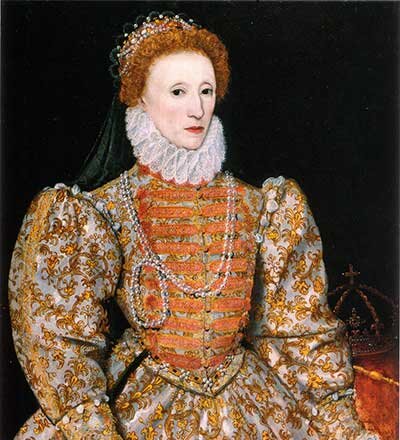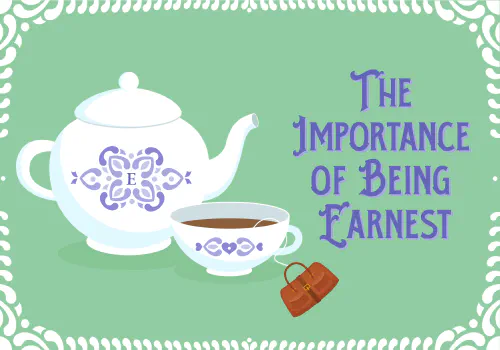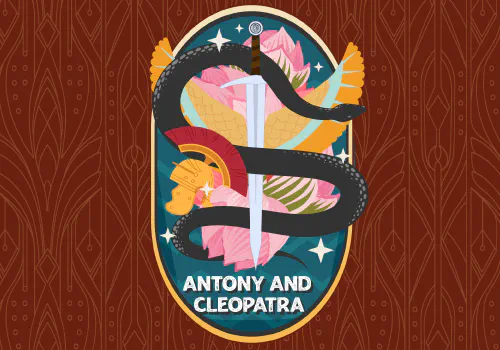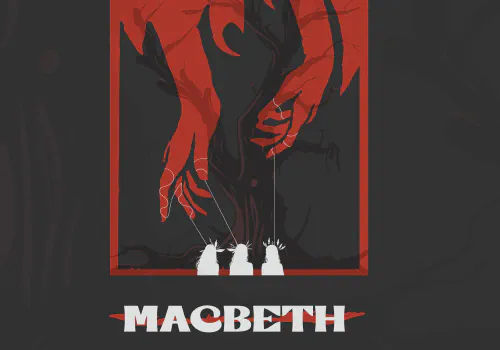Richard III and the Tudor Lie

If you’ve been following the History Cycle at the Utah Shakespeare Festival for the last few years, then you’ll know what a crazy group the British royal family was. Like a giant soap opera, the Yorks, the Lancasters, and the Tudors all wove together to create a history that’s stranger than fiction. William Shakespeare, genius that he was, saw the craziness in that history— and he knew that it would make for some great stories.
In fact, this season’s history play is more “story” than history. Great tragedy though it is, Richard III is mostly fiction. From its crazy plot twists to perhaps Shakespeare’s greatest villain, practically everything in this play has been exaggerated, embellished, or even plain made-up.
Why would Shakespeare so blatantly ignore the history? After all, just over 100 years had passed between Richard III’s death and the play Richard III; Shakespeare almost definitely knew the real history. So why change the story? Well, the answer to that question can be found in one word: Elizabeth.
The Tudor dynasty came to power at a time of great upheaval and unrest in England. After all, England had been at war for about 150 years—starting with the Hundred Years War between England and France, and ending with the Wars of the Roses, a series of brutal civil wars. England was in constant turmoil during this time, the throne constantly being snatched from one family to the next. It was chaos, royal infighting to an extreme degree.
So when the forces of Henry Tudor— also known as Richmond— killed Richard III in battle, England was happy to allow Henry to take the throne. The very last king to win his throne in a battlefield, the new Henry VII ushered in a time of peace and prosperity— something England desperately needed. His son, Henry VIII, became king after him; and his granddaughter, Elizabeth, would eventually become one of England’s greatest queens.
By the time Shakespeare was born, the Tudor dynasty was fairly well established. Queen Elizabeth had sat on the throne for five years, and all seemed to be going well. However, Elizabeth was all too aware of her family’s history. The Wars of the Roses were not far distant. Elizabeth knew how easily different royal factions had stolen the crown. She knew that her grandfather, Henry VII, had a tenuous claim to the throne at best. It would be all too easy to kick the Tudors out and set up a new dynasty in their place. So Elizabeth, as a Tudor, wanted to send a clear message: The Tudors were the good guys.
If the Tudors were the heroes, then there must have been a villain. And the prime candidate was obvious: Richard III, the very man that Henry Tudor had overthrown. If the people of England were to be loyal to the House of Tudor, then they needed to believe that Richard III was evil— the most villainous man ever to prowl the earth. Shakespeare’s Queen Margaret explains it well: “Think that thy babes were sweeter than they were, / And he that slew them fouler than he is. / Battering thy loss makes the bad causer worse.” People had to believe that Richard was worse than he was. And so, Shakespeare’s Richard III had to show the worst that humanity has to offer.
William Shakespeare relied on Queen Elizabeth. She was a royal patron of the arts. We know that she attended several of his shows; there’s even stories that she requested certain characters to make appearances (she seems to have been a Falstaff fan). If the Queen liked a play, Shakespeare could be certain that others would. Her influence was invaluable. So the Bard had a vested interest in keeping her happy. Thus, he wrote Richard III for the Tudors. It’s no wonder, then, that he made Richard into such a villain. By doing so, he turned Henry VII— and, by extension, Elizabeth— into a national hero, capable of defeating archetypal evil.
In reality, Richard III wasn’t so bad. He wasn’t responsible for the deaths of Edward or Warwick; he never killed his brother Clarence; he didn’t manipulate Anne into marriage. There’s no evidence he murdered the princes in the tower. He never murdered his wife; she died of tuberculosis. And he wasn’t even a hunchback (though he did have scoliosis; the recent discovery of his body in Leicester proves that). But one thing is certain: Richard III wasn’t a villain, or a saint. He was a human, fallible, and nuanced, like every other English monarch.
And yet, Shakespeare’s Machiavellian villain, the “dreadful minister of hell,” the “unmanner’d dog,” the “defused infection of a man,” is one of the most exciting antagonists in the English language. It doesn’t matter that the depiction is completely inaccurate. What matters is that Shakespeare, through exaggeration and fiction, has created a story—and a character—that rings true and universal. Fictional or not, people will be marvelling at Shakespeare’s masterful villain for ages to come.









